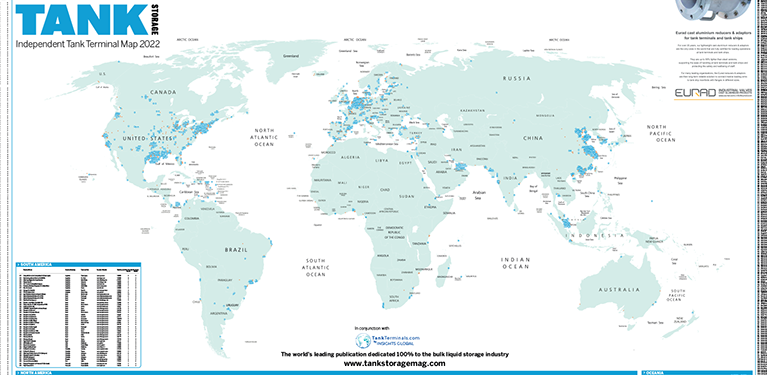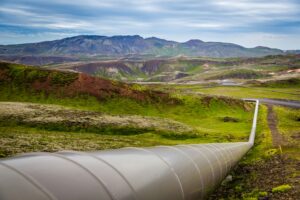Linde has announced a significant collaboration between Linde Engineering and global fertiliser leader Yara International.
Linde will construct a world-scale carbon dioxide (CO₂) liquefaction plant in Sluiskil, the Netherlands.
 This is a key part in the initiative Yara Clean Ammonia. 800,000 tons of CO₂ are captured, liquefied, loaded onto special ships, and then subsequently locked away permanently below the seabed off the coast of western Norway.
This is a key part in the initiative Yara Clean Ammonia. 800,000 tons of CO₂ are captured, liquefied, loaded onto special ships, and then subsequently locked away permanently below the seabed off the coast of western Norway.
Scheduled for operation in 2026, this plant will contribute to one of Europe’s pioneering carbon-capture-storage (CCS) ventures by recovering CO₂ and injecting it into deep geological storage repositories. Through innovative transportation processes, it will efficiently handle CO₂ for sequestration, reducing emissions and advancing environmental stewardship.
Jürgen Nowicki, executive vice president Lindeand CEO of Linde Engineering, says: ‘This collaboration with Yara International confirms Linde Engineering’s leading position in terms of technology and execution know-how for projects of this scale.’














